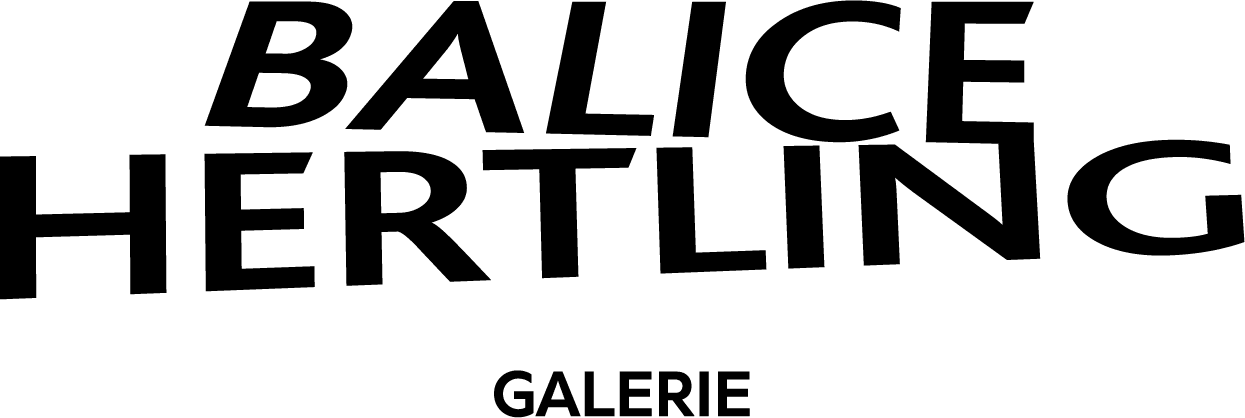Mostafa Sarabi: Supreme Baba
Back in the 1990s, a Japanese animated TV show The Swiss Family Robinson was broadcast in Iran to popular acclaim. It told the story of a family who got shipwrecked en route to Australia, forcing them to take refuge on an island. They start their life on the island with only the simplest of laws, completely self-sufficient. We don’t know why this family had decided to immigrate in the first place, but it is made clear that Dr. Ernest, the father, holds himself responsible for all that has happened to them. This is the starting point of Mostafa’s paintings, this same responsible masculine worldview, with an Eastern flare added to it as well. He has marked his territory and wants to protect his family against all foreign threats. This idea is inspired by fear, a paternal fear. This social ideal allows the painter to challenge his ambitions within a critical framework.
A man (the painter himself) is standing amongst some trees alongside two women. They seem reluctant to reveal themselves to us, or maybe they just don’t want to trouble the beautiful landscape. Everything about this painting is pleasing to the eye, yet the relationship this family has with itself seems hidden; perhaps we have no right to know about it in the first place. Even though the painter seems to paint whatever he likes, this brings us no closer to the reality. He shows us one side of this relationship, while at the same time revealing its various blurred edges.
Sarabi often paints his family, depicting himself surrounded by his wife and child. He paints either what belongs to him or what he himself belongs to. He neither seeks to recreate an image, nor the scene in front of him. In his paintings, he creates his own realm. Whenever an object or an individual is depicted in his paintings, that object or individual then belongs to him. A small cute little empire.
He sets boundaries for us, not allowing us to go beyond where he himself stands inside his own paintings, even if we really want to. The horizon of his paintings are the figures themselves. Like all other Iranian men, he tries to stay strong even during his most fragile hour and perhaps uses the excuse of having to care for his family in order to care for himself.
We see an old, ugly and adorable, wolf in his paintings. He remembers that, as a child, he was once playing with a dog, when all of sudden, people around him started throwing stones at the dog. It took a while, but he finally realized that his playmate was, in fact, a wolf and not a dog. This wolf has forever remained in his paintings, symbolizing luck.
He paints a pregnant mare carrying the sun with her teeth as if it were an orange. This is a reminder of his mother who was the daughter of a feudal lord. But even with this background information, it is still hard to penetrate the multiple layers of the painting.
In his paintings, the burqa-wearing women are often depicted in the same way, and are hard to distinguish individually. Just like when the painter himself was a child, he would often lose his mother in the crowd of the busy bazaar, taking another woman’s hand instead. This was a recurring event in his childhood and so these women keep appearing in his paintings.
Memory, history, and family are inseparable elements of an Iranian life. Just as we enjoy the telling and retelling of our memories over and over again, our history and past mistakes are repeated, over and over again.
Text by artist Shabahang Tayyari
Translated from Farsi by Sara Mashayekh


